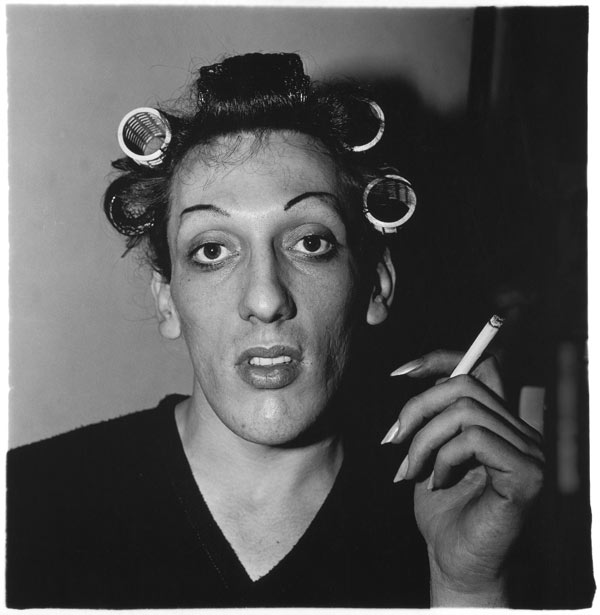| The world's first camera phone, the J-SH04 |
These phones were released in South Korea and Japan respectively, however, camera phones only reached America in 2002 when the Sanyo SCP-5300 was released. It could capture 0.3 megapixel shots at 640 x 480 pixels and had a basic flash, white balance control, self-timer, digital zoom and various effects such as black and white or sepia. Although, America was slow to start producing camera phones they were incredibly popular and by the end of 2003 over 80 million had been sold worldwide.
As the years went on, camera phones went from strength to strength as Nokia, Sony, Samsung and many other mobile phone companies contributed to improving the camera phone. Now in the smartphone age camera phones are better than ever, with many mobile companies competing to produce the best camera phone. Currently, it seems the iPhone 6 and the Nokia Lumia 1020 are the best camera phones available.
| The Nokia Lumia 1020 |
| The iPhone 6 |
However, I think their biggest impact was on the photography world as suddenly people no longer need a phone and a separate camera as camera phones are portable, easy to use and able to send pictures to anyone instantly. With the introduction of smartphones, I found that camera companies sales dropped massively as they are now competing with a device that can take great quality photos as well as being able to communicate with others, go online and play music, basically a device that does everything the consumer needs. For most people, it has created an easier way for them to capture every day moments on an easy to use device and allow others to get involved in photography without having to buy both a camera and a phone. Frankly, I think camera phones seem to be taking over the world of photography in an exciting and innovative fashion.
Bibliography: http://www.digitaltrends.com/mobile/camera-phone-history/











